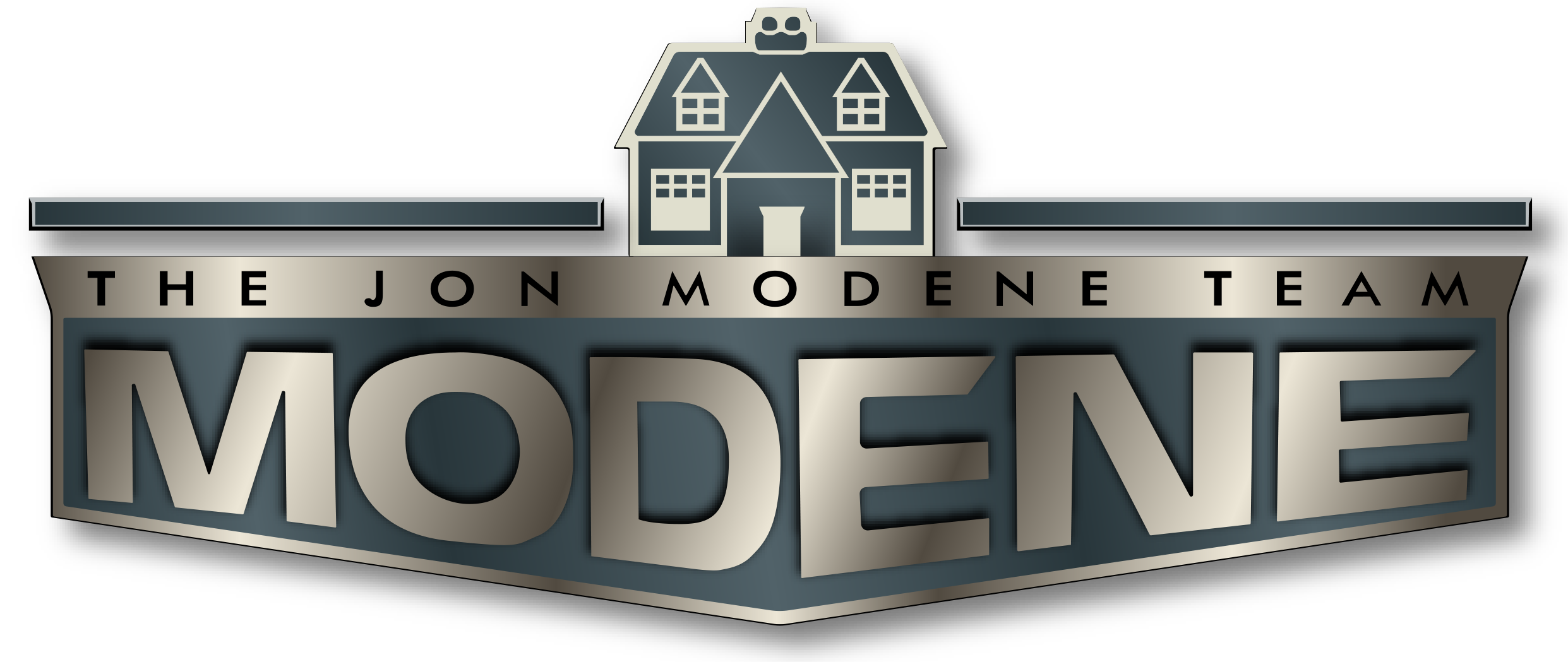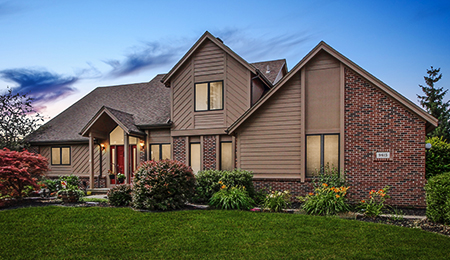Here’s how you can sell without moving twice in this market.
There are a lot of things hurting home sales right now, but today I want to ignore all of them except for one: the double move.
Here’s a scenario for you. A seller will tell me that they want to move, but they’re hesitant about putting their home on the market because they’re afraid they won’t be able to find their next home. This is a valid fear, but if you’re thinking of selling your home, there are a couple of things to know about this issue.
First of all, in this market, you can accept an offer for your home that’s contingent on you finding your next home. This is known as a ‘reverse contingency.’ Why in the world would a buyer agree to a reverse contingency to buy your home? Because there’s still a big shortage of great homes for sale out there. If your home is priced right and in great condition, the right buyer will accept this condition, put you in the driver’s seat, buckle you in, shut the door, and say, “Please, take us for a ride.” I’ve recently handled this type of transaction many times. Granted, this won’t happen with the wrong buyer. For example, a buyer who’s moving to Northwest Ohio from out of state won’t do it. However, a local buyer—perhaps someone who’s renting and doesn’t need to sell a home themselves—will do it.
In our Northwest Ohio market, we’re also allowed the normal closing timeline of 30 days or longer (just like every other market). On top of that, we get something that the rest of the real estate world has been befuddled by for decades: the 30-day seller delayed possession after closing. I’ve had to educate plenty of out-of-state buyers about this type of agreement who weren’t exactly thrilled about letting the seller stay in the house they bought for 30 days after they bought it. They all end up agreeing to it, though, because we’ve always done it this way and they’ll get to do it when they move too. In this market, it’s gold.
“We have rules in place to help sellers avoid the expense of a double move.”
In some instances, we can even negotiate for you to live in the house for 60 days or more after you sell it. When you consider the time it takes for the appraisal to get to underwriting, the closing to get settled, and the normal 30-day period where you can live in the home rent-free, you have practically two months to find your next home. I recently negotiated a sale where my seller had 60 days to live in the purchased home after the closing, which meant they had 90 days in total to find their next home after they accepted the offer. In escrow-closing markets, these time frames to find homes are impossible. In Northwest Ohio, though, we have rules in place to help sellers avoid the expense of a double move.
If a seller is moving to a new market, this isn’t that important—they’ll just move. The same goes for those who’re moving into a rental property or building a new construction home. More and more of my clients are selling without the concern of where they’re moving to next because of this tool. They’re also selling because of the amazing valuation numbers we’re pulling from their homes. Single-family residential home prices are increasing at an incredible pace.
If you’d like to take advantage of this market and sell or have any questions about today’s topic, don’t hesitate to reach out to me. I’d love to hear from you.




